7 Must-have Qualities of Leaders to Get the Best Output from Their Teams
“Management is about persuading people to do things they do not want to do, while leadership is about inspiring people to do things they never thought they could.” — Steve Jobs
The responsibilities of leaders have quadrupled during an era when it has become a challenge to run a business. Covid-19 has brought fresh challenges for the companies. The onus is on leaders and remote workers to keep the business running amidst all uncertainties. But the key responsibility of helping a business thrive during the pandemic rests upon the shoulders of its leaders.
Great leaders can help to inspire teams to give their 100% at work.
Leaders need to instill a sense of courage and trust in their workers. Workers look up to leaders for direction and inspiration. If the leaders are incompetent or do not have adequate leadership skills, then it is hard to get 100% productivity from the teams.
Good leaders can get the best out of their teams during a crisis period. By keeping the teams motivated, inspired, efficient, productive, and focused on work, leaders can help a business to reach the pinnacle of success at any time. Teams look up to their leaders for direction and confidence. They walk on the path that their leaders show them. They watch and observe each movement of the leaders.
Also, leaders act as a bridge between the company and the employees. A great leader can inspire his or her teams to give their best effort during a crisis time and help to bring abundant growth to the company.
What are the great qualities of great leaders that can help to get the best output from their teams?
- Give powerful and inspiring messages to your team.
Employees trust leaders more than the information they get from the media or the government. Great leaders always choose their words carefully at the time of communicating with their teams. They give clear and direct messages to make workers feel safe and protected.
During a period of crisis, leaders give moral support to workers even though they don’t feel confident about the situation. They solve the queries of the workers in the best possible manner to reduce their stress.
Great leaders are always there with their workers during ups and downs. They give powerful messages to instill hope and courage in the hearts of workers and help them shine in their full glory.
- Great leaders bond with the team by sharing personal stories and experiences.
Sharing personal experiences helps to strengthen the bond between leaders and team members. It helps the leaders to connect with team members and help to build healthy relationships. They speak about their personal experiences and victories to their team members.
They discuss Netflix web series, sports, personal interests, TV shows, politics, and so on to uplift team spirits. All work and no play make the team members feel bored. Personal chats and sharing of hearty laughs are also equally essential for the smooth functioning of a team.
If the bond between the leader and team members is not strong, then there cannot be 100 percent success. When leaders share their experiences and personal stories, workers feel inspired. They get the strength to collaborate with other members and get the work done as soon as possible.
- Great leaders act as a mentor rather than an authoritative person.
Great leaders don’t instruct workers about what to do like an authoritative boss. They act as a mentor toward the employees and guide them on how to finish a task. Leaders share helpful resources with the workers so that they can work on the project in the right direction. Leaders work with employees as a team.
They give genuine feedback about the progress of workers. They converse about the challenges that workers may face while doing the project in the weekly team meetings. Leaders ask how they can help workers overcome those obstacles and challenges. They share personal experiences to encourage workers to keep on fighting to overcome all the challenges and achieve ultimate victory.
- Great leaders take accountability for both success and failure.
Workers look down upon leaders who love to come to the limelight when there is a grand success and put all the blame on the workers when something goes wrong. Great leaders work as a team with workers.
They set clear objectives so that employees know what they must deliver. They work alongside the members until a project is delivered. They share both success and failures with the team members.
- Great leaders are fair and impartial to everyone.
Great leaders are fair and impartial to all workers so that they don’t feel deprived of anything. If the leaders are not neutral, then the team will not be motivated to give their 100% at work. The relationship between the team members and the leader will suffer, and so will the work in process.
- Great Leaders act as a bridge between the employers and the employees.
The outbreak of COVID-19 led to the introduction of work from home policy in many companies across the globe. Millions of workers have been working from home for the last year. Now, this has created a sense of confusion among employees. It has also created a sense of disconnect between employees and employers.
Leaders have a big responsibility here. They must act as a bridge between the employer and the employees. Great leaders communicate the new work from home policy clearly and decisively so that there is no confusion. They answer all the questions of the remote workers patiently and resolve their curiosity. After all, curiosity kills the cat.
Great leaders explain the benefits and risks of the new work from the home policy so that no one feels that others are getting an undue advantage. They work with employers to develop effective strategies to motivate workers who are coming to the office and working from home during the pandemic. They relay messages from employers from time to time so that remote workers get a sense of belonging to the company.
- Great Leaders work hard to lead by example and inspire others to work equally hard.
Workers will not be ready to put their 100% at work if their leaders give only 10% effort on projects. If leaders are sloths, workers will also be sloths. Great leaders prefer to lead by example. They put their 300% at work so that the workers are equally motivated to put at least their 200% on the current assignments. Strong leaders don’t believe in delivering speeches only. They believe in action. And that is because action speaks a thousand times more than words.
Final note
Leadership qualities help companies and workers in achieving financial freedom during dark times. The right behavioral attitude, empathy, and effective collaboration, and great leadership skills can help both companies and workers to get financial success in the long run.
About the Author
Valentina Wilson is a writer. She loves to analyze personal financial matters and help others manage their finances in a better way. Traveling is also her passion. She follows more animals on Instagram than humans and her greatest achievement is her blog. She believes that transparency and conversations about money are essential in gaining control of finances. To connect with her, go to her LinkedIn or visit her blog bestdebtconsolidation.org
Image by Gerd Altmann from Pixabay

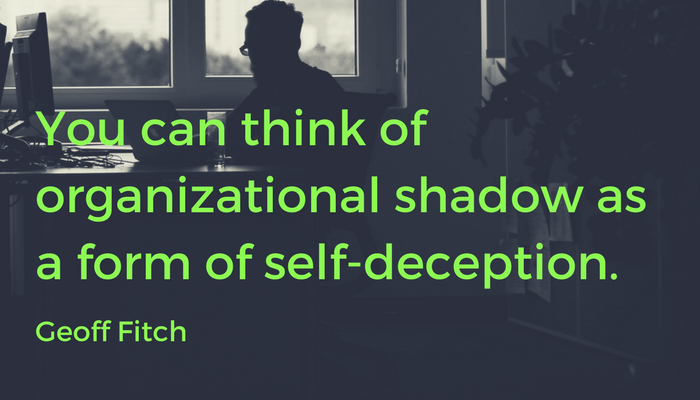 This blog is a companion to the podcast with Geoff Fitch and Terri O’Fallon, Is There Such A Thing As A ‘Level 5’/Teal Organization -Part 2. Geoff Fitch, MA, wrote this post.
This blog is a companion to the podcast with Geoff Fitch and Terri O’Fallon, Is There Such A Thing As A ‘Level 5’/Teal Organization -Part 2. Geoff Fitch, MA, wrote this post.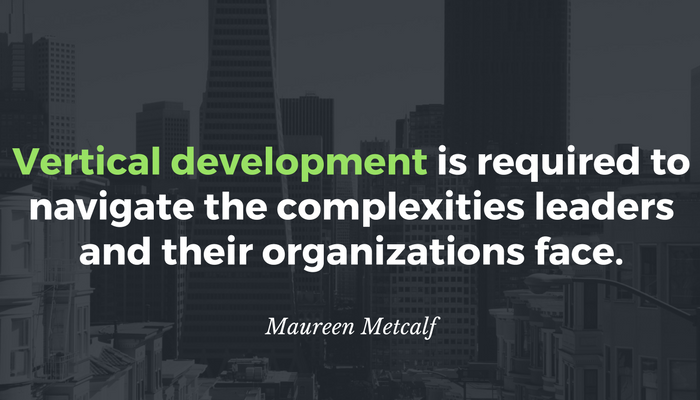 This post is a companion to the podcast featuring
This post is a companion to the podcast featuring 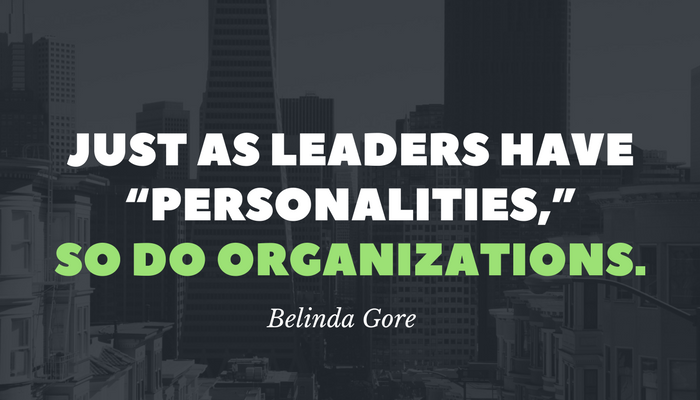 This guest blog was written as a companion to the podcast with Belinda Gore, Building Leadership Self-Awareness Using Personality Typ
This guest blog was written as a companion to the podcast with Belinda Gore, Building Leadership Self-Awareness Using Personality Typ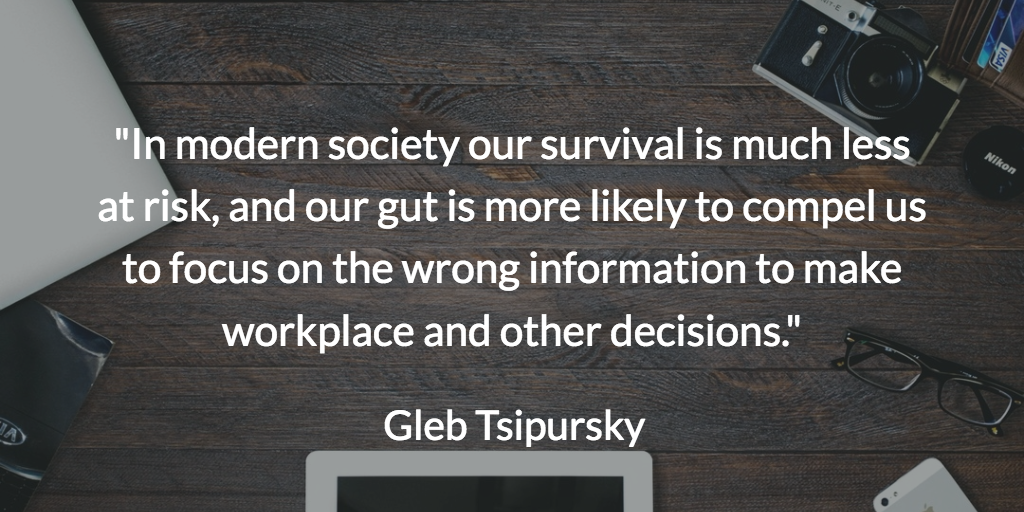 This guest blog was written as a companion to the podcast Interview with Dr. Gleb Tsipursky’s Tools for Avoiding Disastrous Decisions. In the interview and the blog, Gleb explores how we can balance intuition and data-based decision-making to achieve the most effective business outcomes. He explores some common misconceptions and offers recommendations to avoid them.
This guest blog was written as a companion to the podcast Interview with Dr. Gleb Tsipursky’s Tools for Avoiding Disastrous Decisions. In the interview and the blog, Gleb explores how we can balance intuition and data-based decision-making to achieve the most effective business outcomes. He explores some common misconceptions and offers recommendations to avoid them.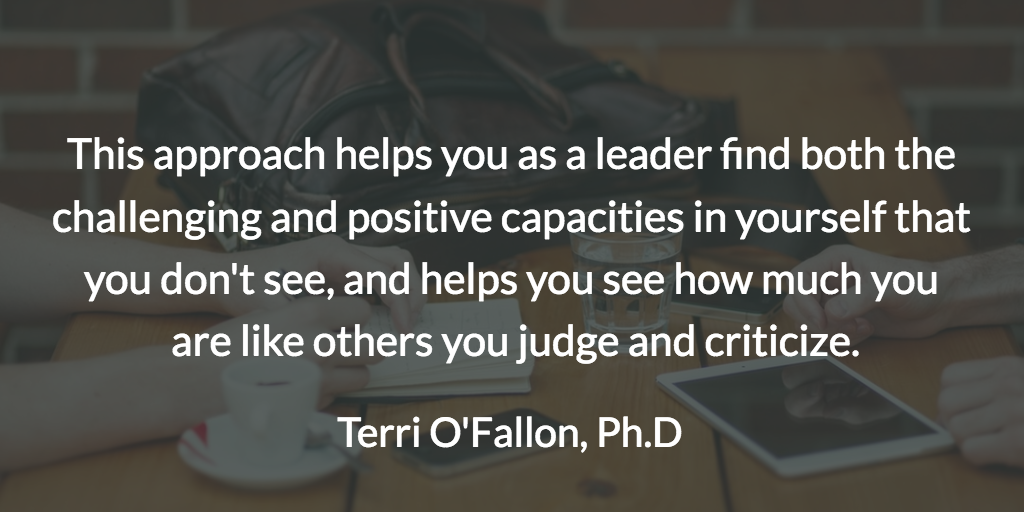 This blog is a companion to the interview with Terri O’Fallon. What is A Level 5 / Teal Organization? Terri O’Fallon, PhD, wrote this post.
This blog is a companion to the interview with Terri O’Fallon. What is A Level 5 / Teal Organization? Terri O’Fallon, PhD, wrote this post.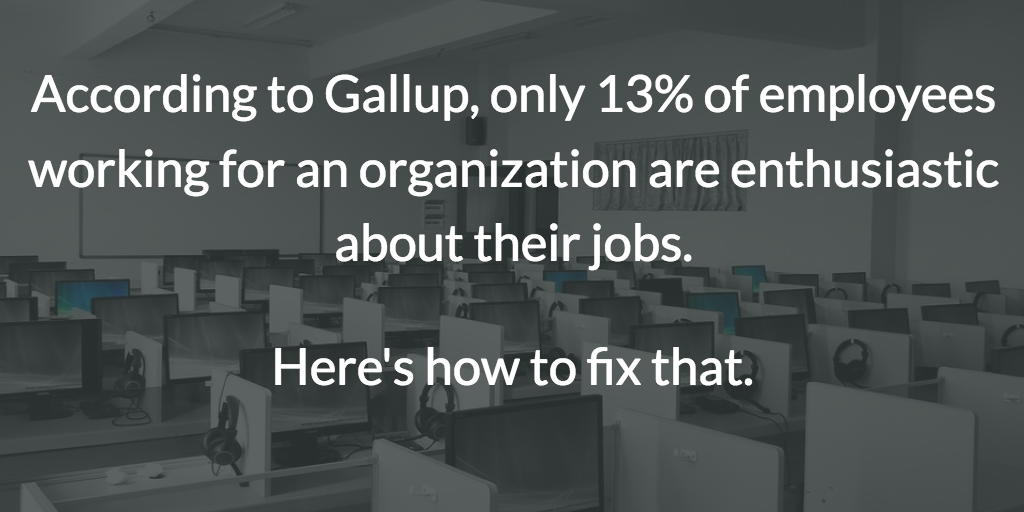 This blog is drawn from a paper by Jim Ritchie-Dunham & Maureen Metcalf, Co-hosting:
This blog is drawn from a paper by Jim Ritchie-Dunham & Maureen Metcalf, Co-hosting: